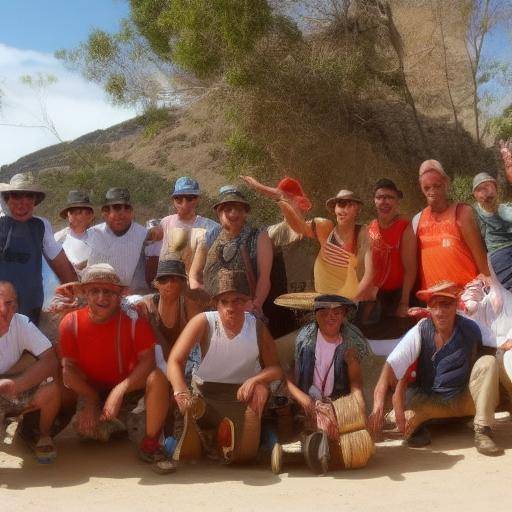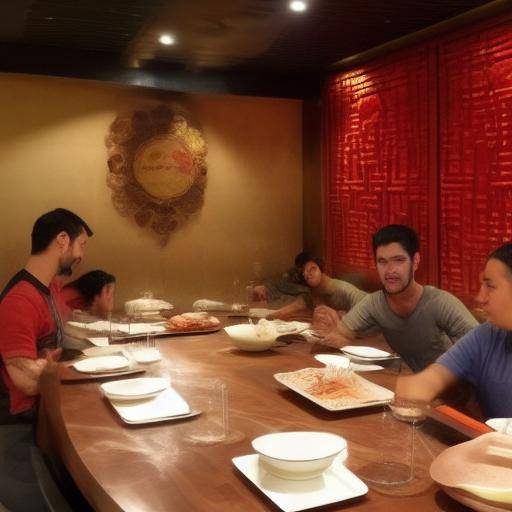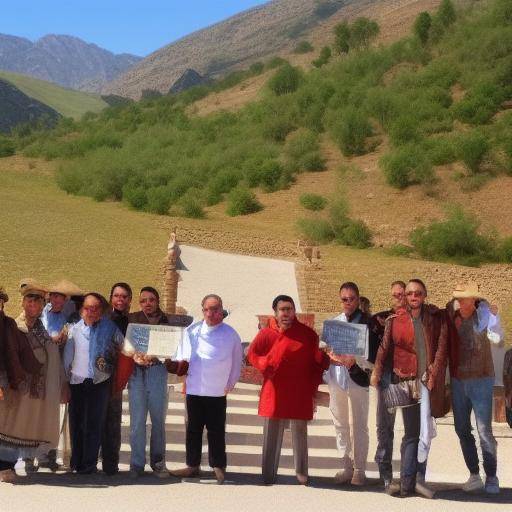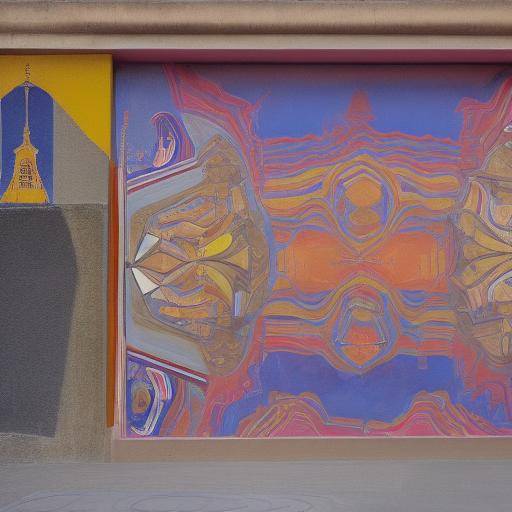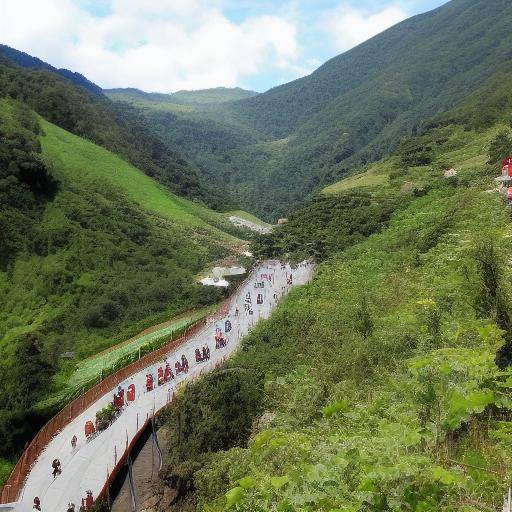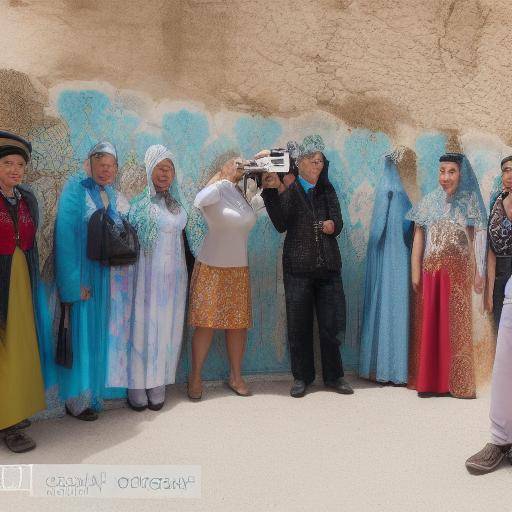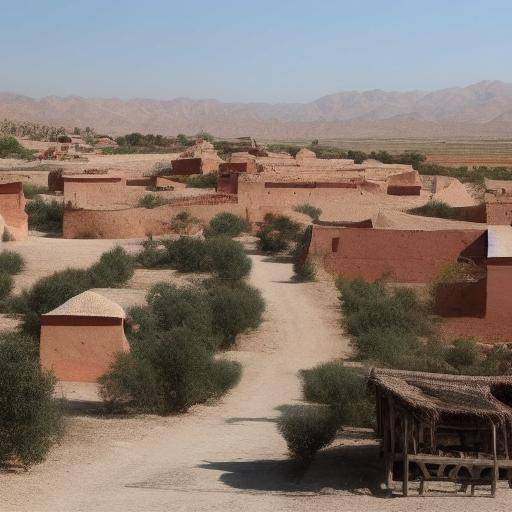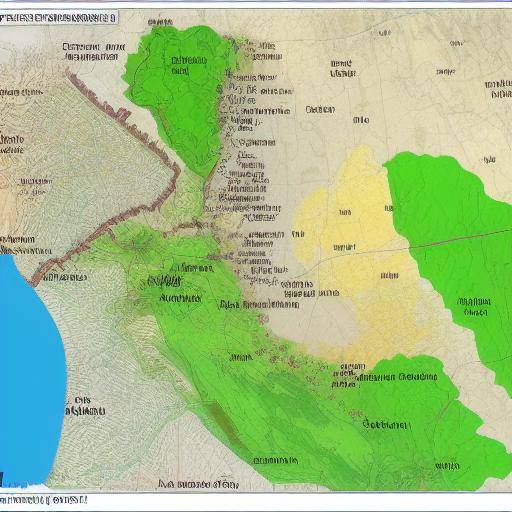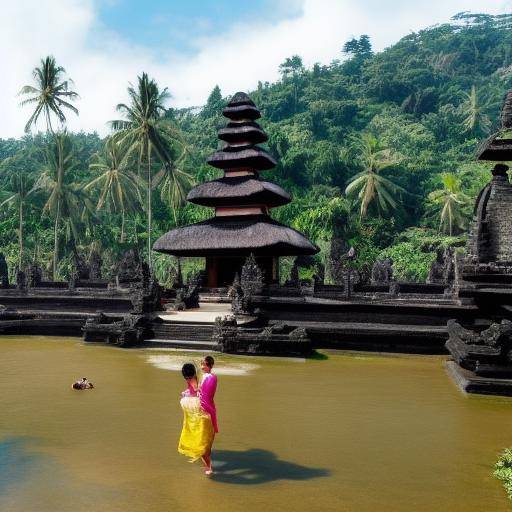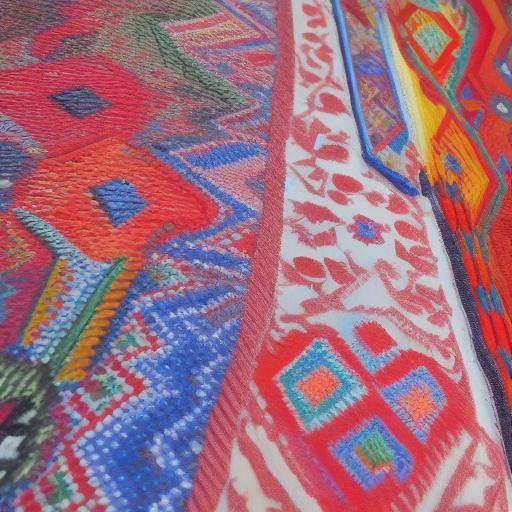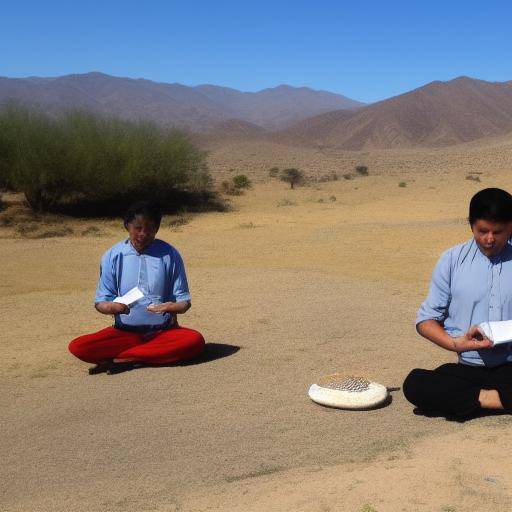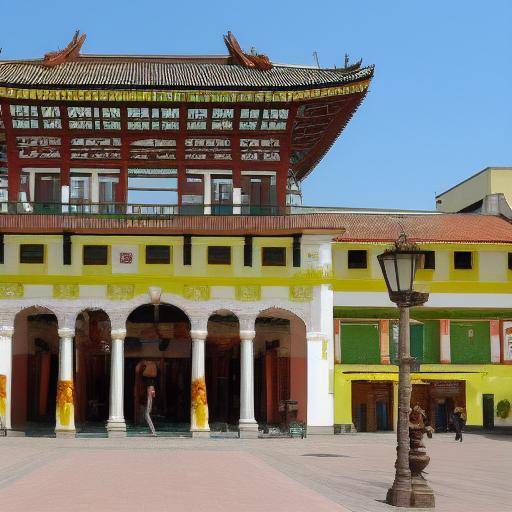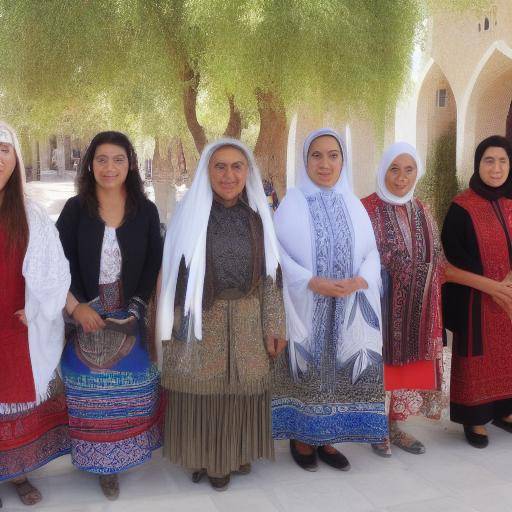
The Silk Road has been a crucible of cultural and religious influences throughout history, and Uzbekistan, with its rich cultural heritage, plays a fundamental role in this legacy. In this article, we will explore the cultural lessons that can be learned along the Silk Road in Uzbekistan, examining the cultural and religious influences that have shaped the region and its impact on the modern world. From history and background to deep analysis, comparisons, practical advice and visions of the future, this thorough immersion on the Silk Road in Uzbekistan will open a window to the fascinating intersection of cultures and traditions.
Introduction
The Silk Road, a network of ancient trade routes linking the East and West, was much more than just a commercial corridor. It was a bridge for cultural, religious and technological exchange among distant civilizations. Among the countries that make up this route, Uzbekistan stands out for its significant historical and cultural contributions. In this article, we will embark on a journey to discover the cultural lessons that the Silk Road in Uzbekistan has to offer, exploring the cultural and religious influences that have left a deep mark in the region and beyond.
History and Background
The Silk Road dates back to over two thousand years, connecting civilizations from China to the Mediterranean. Uzbekistan, located at the heart of this historic route, has witnessed the interaction between various cultures, including those of Persia, China, India, and Europe. Civilizations such as Samarkanda, Bukhara, and Jiva served as important cultural and religious exchange centers throughout the centuries.
The rise of Islam in the region in the 8th century brought with it a new dimension to the Silk Road, significantly affecting cultural and religious practices. Religious syncretism between Islam, Buddhism and Zoroastrianism in Uzbekistan reflects the diversity and historical tolerance that characterizes the region.
Deep analysis
Despite the differences and challenges that emerged throughout its history, Uzbekistan has managed to preserve its rich cultural heritage. Today, it is known for its crafts, architecture, music and traditions that reflect the influence of the Silk Road. The coexistence of mosques, madrazas, and temples in cities such as Samarkand and Bukhara is a living testimony to the interaction between different religious traditions over the centuries.
In addition, Islamic architecture in Uzbekistan shows the influence of the Silk Road with its use of intricate tiles, geometric patterns, and majestic domes. Ceramic, painting and textile handicrafts also reflect the fusion of ideas and techniques from various cultures over the centuries.
Comprehensive review
In considering the cultural and religious influence that has been manifested along the Silk Road in Uzbekistan, it is important to recognize the current challenges of preserving and promoting this cultural heritage. Responsible tourism and the preservation of cultural heritage are fundamental aspects to safeguard this rich tradition for future generations.
Government policies that promote the protection of cultural heritage and intercultural exchange must be promoted at the national and international levels. In addition, educational programmes to raise public awareness of the importance of preserving these cultural legacy are also essential to ensuring the continuity of these cultural and religious influences.
Comparative analysis
By comparing the Silk Road and the Culture of Uzbekistan, there is a unique synergy between religious and cultural diversity that has flourished in the region over the centuries. Although the Silk Road represented mainly trade, its cultural legacy has transcended time, contributing to the wealth and diversity of world heritage.
Practical Tips and Accessible Recommendations
For those who wish to personally explore cultural lessons along the Silk Road in Uzbekistan, it is recommended to take a trip to immerse themselves in the rich cultural and religious offer of the region. Visiting the ancient city of Samarkanda to contemplate the majestic Islamic architecture, including the mosque of Bibi Janum, is an experience that leaves a lasting impression.
Similarly, exploring the Chorsu market in Tashkent and enjoying local crafts, as well as participating in cultural festivals that celebrate religious and ethnic diversity, offers a unique view of the influences of the Silk Road in the daily life of Uzbekistan.
Industry Perspectives and Expert Reviews
Experts on cultural heritage and sustainable tourism recognize the value and importance of preserving cultural lessons along the Silk Road in Uzbekistan. Establishing responsible tourism policies, promoting community participation and ensuring sustainable heritage conservation are key areas of focus to protect these cultural and religious influences for future generations.
Case Studies and Real Life Applications
The Museum of History of Uzbekistan in Tashkent and the Shakhrisabz archaeological complex are outstanding examples of the successful preservation and promotion of cultural heritage along the Silk Road in Uzbekistan. These institutions serve as pillars to understand and appreciate the rich cultural and religious legacy that has endured over time.
Future Trends and Predictions
As Uzbekistan continues to develop as an emerging tourist destination, the preservation and promotion of cultural heritage along the Silk Road is expected to become more important on the national and international agenda. Sustainable conservation and responsible tourism will be vital components to ensure that the cultural lessons of this historic route pervade and enrich future generations.
Conclusion
The Silk Road in Uzbekistan is a treasure of cultural and religious influences that have resisted the test of time. By exploring cultural lessons along this ancient route, we have discovered the importance of preserving and assessing this legacy for the benefit of current and future generations. By learning from history, analyzing the present and anticipating the future, we can ensure that the cultural lessons of the Silk Road in Uzbekistan continue to be a source of inspiration and enrichment.
FAQs
What is the historical importance of the Silk Road in Uzbekistan?
The Silk Road played a crucial role in the exchange of goods, ideas and cultures between East and West, which left a profound influence in the region of Uzbekistan. This historic connection has shaped the cultural and religious traditions that persist in the region until today.
What kind of religious influences can be observed along the Silk Road in Uzbekistan?
The Silk Road has witnessed the interaction between Islam, Buddhism, Zoroastrianism, and other religious traditions. This religious diversity has contributed to the formation of a rich spiritual heritage in Uzbekistan.
What are some outstanding cultural and religious activities that can be experienced along the Silk Road in Uzbekistan?
Travelers who wish to immerse themselves in cultural and religious influences along the Silk Route in Uzbekistan can enjoy unique experiences, such as visiting old mosques, exploring historic architectural complexes, participating in cultural festivals and acquiring local handicrafts.
What measures are being taken to preserve cultural heritage along the Silk Road in Uzbekistan?
The Government of Uzbekistan is implementing policies that promote sustainable cultural tourism, heritage conservation and community participation in the preservation of cultural and religious influences along the Silk Road.
What is the current impact of tourism on the preservation of the Silk Road in Uzbekistan?
Responsible tourism can play a crucial role in the preservation of cultural heritage, provided that it is carried out in a sustainable and respectful manner. Ethical tourism can raise awareness of the importance of preserving cultural and religious influences along the Silk Road in Uzbekistan.
What are future projections for cultural tourism in Uzbekistan?
Cultural tourism in Uzbekistan is expected to grow steadily, highlighting the importance of implementing sustainable strategies to safeguard cultural heritage along the Silk Road. These initiatives should focus on the conservation, promotion and appreciation of cultural and religious influences.
Conclusion
The Silk Road in Uzbekistan continues to play a vital role in preserving significant cultural and religious lessons, which offer a unique window to the intersection of cultural influences throughout history. By exploring the rich cultural heritage of this region, we have learned to value and preserve these influences for present and future generations. The Silk Road in Uzbekistan is a testimony to the continued importance of diversity, tolerance and cultural exchange, and its legacy will continue to inspire generations to come as they continue to explore cultural and religious wonders along this ancient route.

